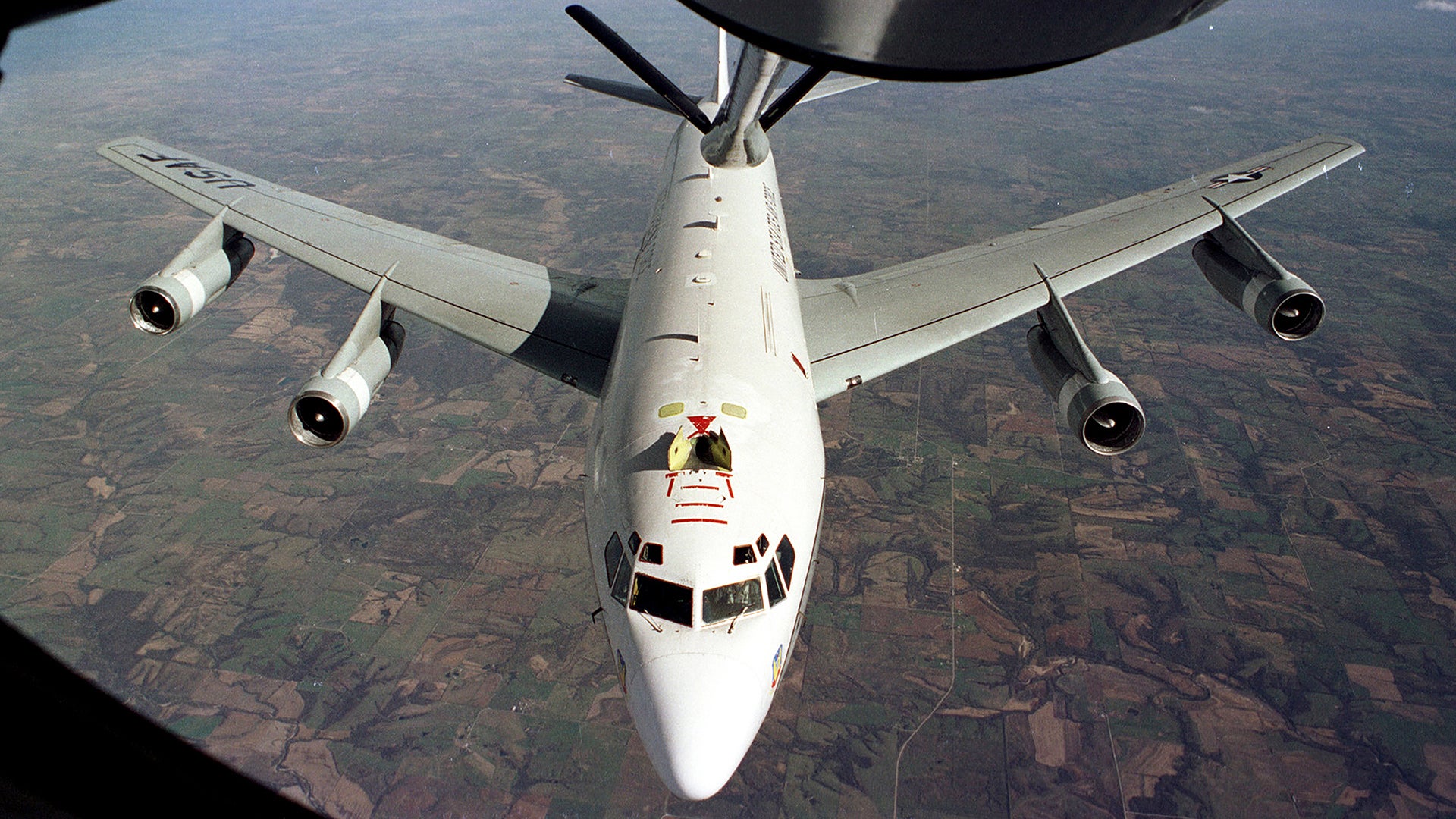We reported in depth on the strange increase in nuclear radiation discovered in Europe in recent weeks, as well as what could be causing it. Now, the aircraft we speculated to have been sent by the Pentagon to investigate the mystery has launched on a mission to where it all began—near the Arctic and Russia’s northern border with Norway.
A WC-135 Constant Phoenix, one of just two in existence, arrived in the UK this weekend. This morning it launched out of RAF Mildenhall as “FLORY58” on a mission that would supposedly take the aircraft over the Norwegian and Barents Seas. Svanhovd, Norway, which sits near the Barents Sea and right along the border with Russia’s heavily militarized Kola Peninsula, is where increased levels of the isotope iodine-131 was first detected in the second week of January. In the weeks that followed the isotope was identified in elevated levels by air monitoring stations across Europe.
The USAF has kept mum about what one of its Constant Phoenix jets is doing in Europe, but after this mission, or possibly series of missions, we should may hear more from them as to why the aircraft was forward deployed, as well as what it found.
A pair of KC-135R tankers also were reported to be accompanying the jet, and there is even an RC-135 Rivet Joint electronic intelligence (ELINT) collection aircraft and another KC-135R tanker headed in the same direction. If the WC-135 ventures near Russian airspace, which it very well could, having a Rivet Joint nearby would be beneficial to monitor Russia’s response to their presence, including eavesdropping on command and control communications and recording the emissions activity of Russian air defense network. There is the chance that the RC-135 could be on an entirely different mission, although considering the timing that is doubtful. Also of interest, is that all three of the KC-135Rs have returned to base at the time of publishing this post. Two returned near simultaneously, later the third made its way back to RAF Mildenhall as well. This makes some sense as the RC-135 is equipped with more modern and fuel miserly CFM56 turbofan engines, while the WC-135C is powered by relatively old and fuel-hungry TF33 engines.
It seems much more probable that something is happening, or has happened, in the increasingly strategic and tense part of the world near the Arctic—something of enough importance and interest to deploy a niche asset like the WC-135 to investigate. Hopefully we will finally find out more now that a WC-135 mission has been launched.
We will keep you updated over the next 24 hours here on this page if more information comes available.
Contact the author: Tyler@thedrive.com

